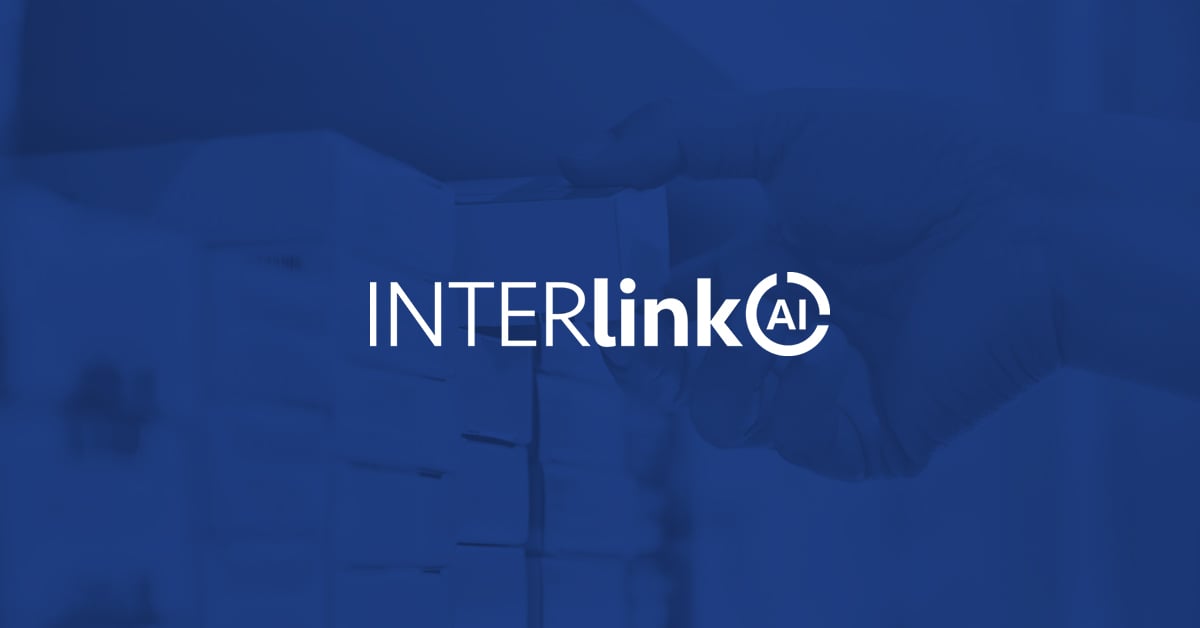Salesforce to HubSpot Migration Guide
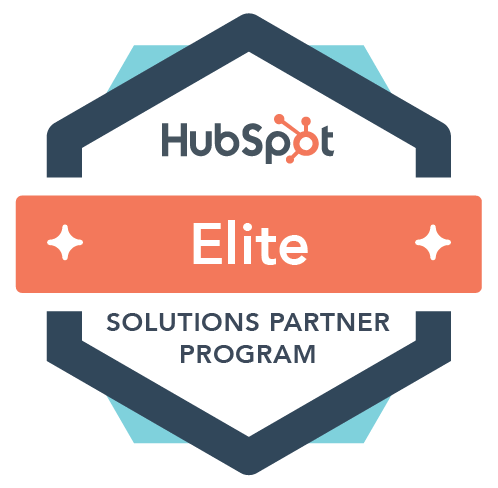
AWARD WINNING MIGRATION EXPERTS Instrumental Group - HubSpot Migration Experts
This resource was built by tapping the experience and learned tactics of Elite HubSpot Partner, Instrumental Group. This guide empowers organizations to manage their own migration, successfully moving their data structure, sales history, and team into HubSpot.
OVERVIEW Practical migration planning
If your organization is considering a migration from Salesforce CRM to HubSpot CRM & Sales, this guide will help you prepare for a successful re-platforming. You'll need to decide what's best for your organization for the migration of your data, history, processes, and transitioning of your team.
We'll go into depth on your options within three major planning components.
- HubSpot Onboarding
- Data Migration
- Pipelines & Reports
THREE REASONS TO MOVE TO HUBSPOT
.gif?width=400&height=240&name=Sin%20t%C3%ADtulo%20(400%20%C3%97%20240%20px).gif)
Options for your onboarding requirement
The onboarding process is designed to ensure your organization is prepared to activate and operate in HubSpot. Onboarding is required with your license purchase, and you have two options to choose from.
HubSpot-led Onboarding
HubSpot will add its onboarding services directly to your license quote. When you purchase this option, HubSpot will assign you an Onboarding Specialist to lead you through the onboarding process. They will create and customize an object-based training series to teach you how to leverage all of the features of whichever HUB & tier your purchase. It's important to understand that HubSpot's onboarding services are 100% consultative.
- Consultative training calls only
- Features a series of training calls over 90 days
Partner-led Onboarding
HubSpot will waive its onboarding fees if you select to onboard through a Certified Implementation Partner. This route will inevitably open up your options as there are thousands of partners to choose from, all with their own variations of services. As a generalization, you should expect competitive pricing compared with HubSpot-led onboarding. You should also expect a more hands-on approach to ensuring your success. In addition to the relevant software training, most Partners will include some level of configuration.
- Varies in costs, timelines, and inclusions
- You can find Accredited Onboarding Partners on the Solutions Directory
- Instrumental's Accredited Onboarding Services
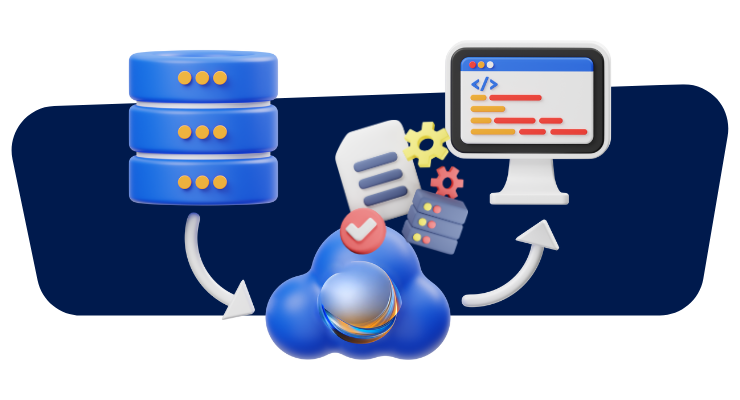
Preparing and migrating priority data
The migration of data can be complex or simple, depending on your needs and priorities. At the center of the decision lies what level of value you put into everything living in Salesforce. Evaluating the components and options should help you determine what route and inclusions you'll want to plan for in your migration.
Data Mapping
You'll need to establish a solid mapping strategy before you deploy any of your preferred migration options. Carefully evaluate and document the object data structure inside Salesforce. You'll want to consider all fields living under each of the primary object types.
- Salesforce objects: Leads | Contacts | Accounts | Opportunities
Once you've taken an inventory of fields across each object and each record type, you'll want to complete a field mapping exercise. It's important to understand that objects are similar but different in HubSpot. This exercise will ensure that the fields under the four Salesforce objects get mapped to the proper destination in HubSpot.
- HubSpot objects: Contacts | Companies | Deals
Our advice is to map both Leads and Contacts data in Salesforce to the Contacts object in HubSpot. To successfully designate 'status' you'll want to customize the Lead Status property. When you migrate, make sure the status is accurate.
Once the data mapping is complete, you can configure HubSpot to meet your needs properly.
Property Configuration
A detailed data mapping workbook will make the property configuration process much easier. It will also reduce the likelihood of mistakes and oversights that will surely trip you up and cause unplanned delays to your timeline.
Property configuration is the exercise of creating new properties in HubSpot objects as noted above. We suggest following these simple steps from within all three record types:
- Navigate to Settings
- Navigate to Data Management, drop down Objects
- Select the Record type under Objects
- Under Setup select Manage Contact Properties
- Reference your data mapping workbook
- Search for property, if native, select which Group, Users, Teams you'd like to have access
- If the search doesn't produce a match, select Create Property at top
- Create property under proper object type, business unit, and group
- When all fields are identified and created, navigate to a contact record
- Select Actions above the record name and select View All Properties
- At this view you'll be able to adjust which properties show to users at the record level and set default properties and views
Depending on the complexity of your data structure in Salesforce, you might need to create custom objects in HubSpot. Custom objects allow you to organize properties based on associations. Think of custom objects as a way to group complex relationship data. It's important to know that you'll need at least one HUB at the Enterprise tier to access custom objects.
Object Migration
With your data structure in place you're ready to move your object data. This type of data is often referred to as 'hard data'. All of the field data within your objects can be moved successfully through several methods. Your decisions around engagement data will influence which method you choose to migrate your record data. Here's an overview of your options for reference.
- Migration via Integration
- Migration via Export/Import
- Migration via Migration Service
Engagement Migration
Most of the big decisions you'll make with your migration revolve around how important past engagement history is to future success. This type of data is often referred to as 'soft data'.
The types of engagement history for migration consideration:
- Calls
- Meetings
- Notes
- Attachments
- Emails
- Tasks
Some organizations choose to leave all of their history behind. If it's not important to preserve and migrate, the project will be easier and cheaper.
Other organizations place great value in engagement history. They find all of the logged activity, attachments, and tasks critical to operations moving forward.
If you think that engagement history is necessary, we suggest leveraging a capable migration application. You can research alternative options but here are three we know will help extract and migrate engagement history:
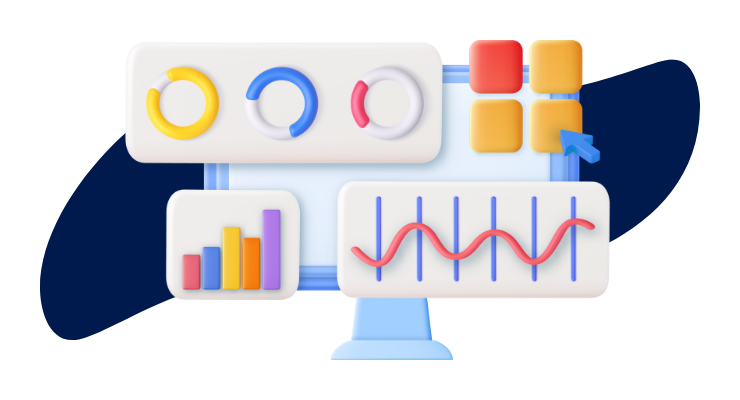
Recreating pipelines and reports
Successful adoption of your new HubSpot CRM will most likely necessitate the configuration of your sales pipelines to match your sales processes and rebuilding priority reports.
Pipeline Configuration
HubSpot features an incredibly intuitive method of creating, managing, and viewing sales pipelines. The ability to visualize the sales process, customize to meet your requirements, and easily advance from stage to stage will be a breath of fresh air for your entire team.
You'll have the ability to set up as many pipelines as you like. From the Deals dropdown under Sales, you'll find a dashboard where you can quickly toggle between pipelines, filter based on any desired criteria, and manage deals. It is important to configure your pipelines and deal stages before you migrate your object data so that stages will be accurate.
Once your pipeline deal stages are configured you should consider leveraging HubSpot's pipeline automation features to build efficiency and effectiveness into the sales process. You can automate your pipelines with the use of workflows, presenting countless opportunities to leverage if/then logic automation.
Dashboard Configuration
You undoubtedly have a host of reports and dashboards in Salesforce. It's hard to imagine you won't need to create at least a couple priority dashboards in HubSpot along with your migration.
Forewarning, this could be the biggest change for your organization when you migrate to HubSpot. The reporting logic and capabilities in visualization are different in HubSpot than in Salesforce. If you're stuck on turning HubSpot reports into Salesforce reports, you'll get frustrated quickly.
You're probably going to need to reimagine your reporting. That could be a good thing, or it could take getting used to. Regardless, at least with HubSpot, it's easy and intuitive. You'll be able to create sales dashboard reporting with a ton of flexibility and many options for visualization.

This image showcases a single metric (or KPI) visualization. Dashboards can stack desired metrics.
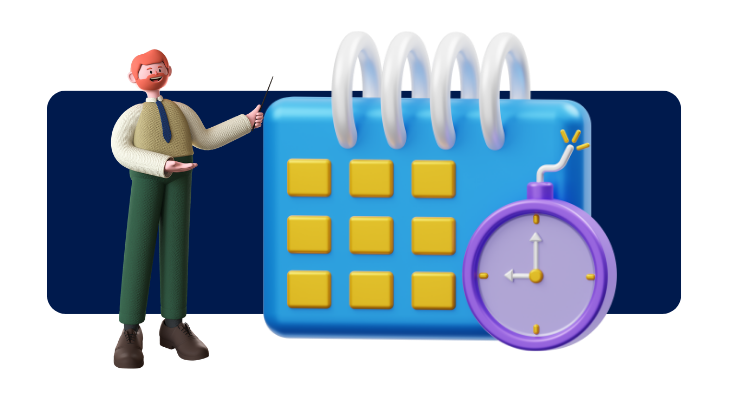
Planning your timeline and resources
As you prepare for your migration it's important to develop a proper timeline. Two primary considerations should be minimizing the overlap of license fees and ensuring your sales team remains operational without interrupting sales activities.
For most organizations, the risk of extended downtime far outweighs the additional fees associated with an extra month of overlap. We would suggest taking every precaution to make sure your team is not locked out of Salesforce before HubSpot is ready for showtime.
In our experience, 12 weeks is a comfortable timeframe for completing all the migration elements outlined in this guide. This assumes you have the ability to dedicate weekly time to the project.
- Check your Salesforce license expiration date
- Finalize your HubSpot license requirements
- Assess your internal resources and capacity
- Determine if you'll need support from a Certified HubSpot Partner
- Develop a timeline you're comfortable with
- Give yourself a buffer to ensure you don't lose access to CRM data

This image provides an example of how the migration components outlined may be sequenced together for a successful migration over 12 weeks. Migrations can be completed in as little as 2 weeks when needed.
Successful Salesforce to HubSpot Migrations
"They approached the entire project with a disciplined and thorough process to help us transition.
All of the different resources that we're working with at Instrumental Group truly are experts!"
Kristen Schiffner


